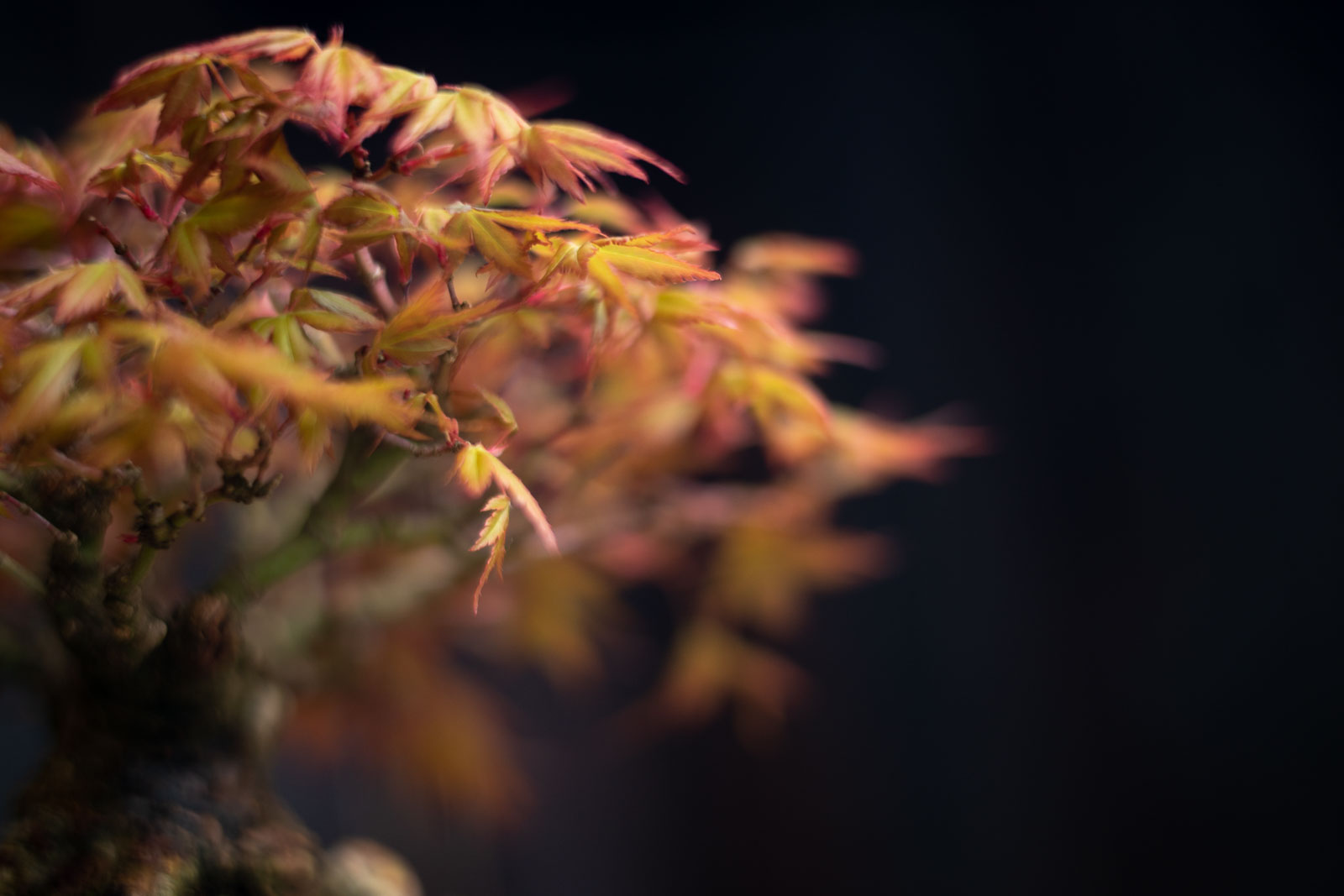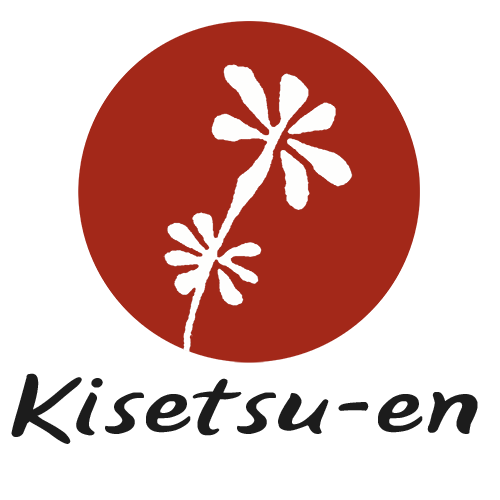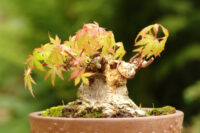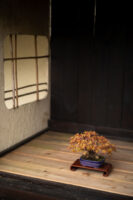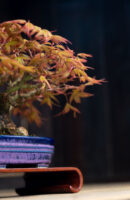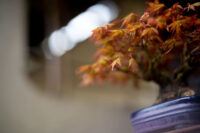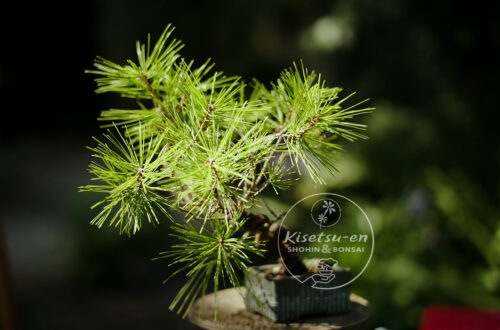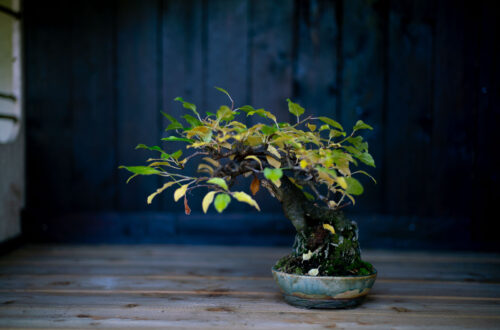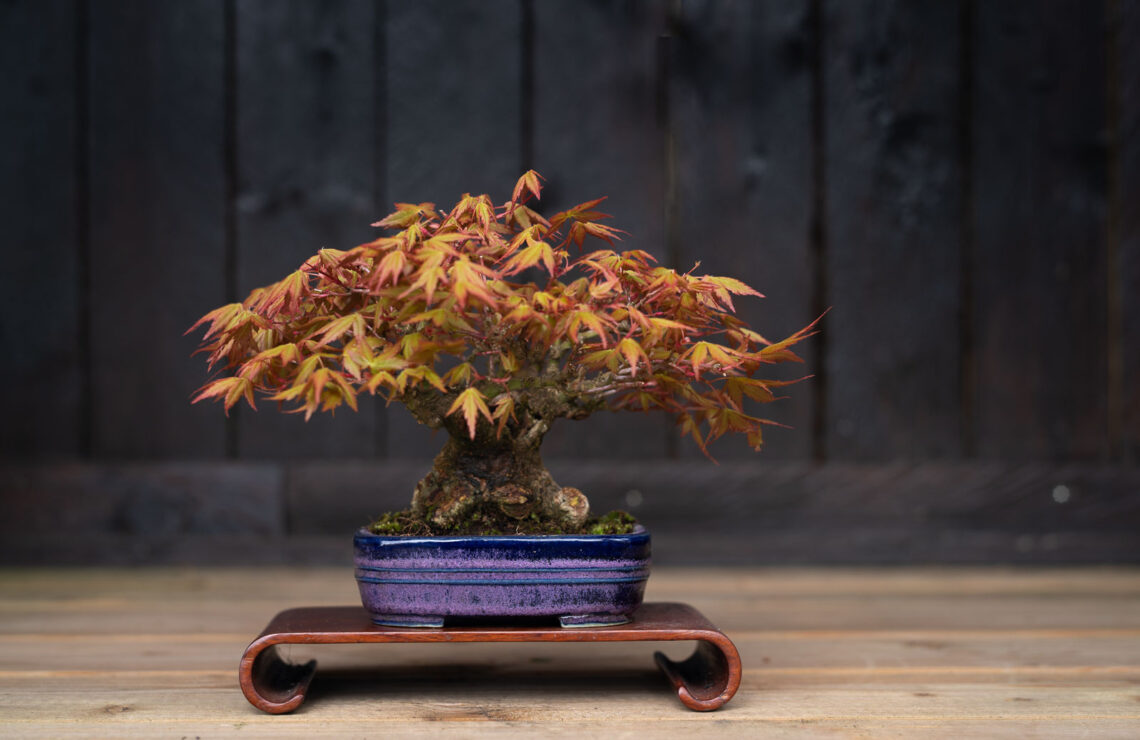
18 years of a Japanese maple shohin bonsai
One of the most asked questions I get when presenting a mature Shohin bonsai is: “Is that always grown in a small pot”?
The answer is yes.
Because all small shohin bonsai need to stay in a narrow space to develop roots that do not overgrow and will be very difficult to prune back and stay healthy. In many cases, a slightly larger container for training purposes is fine if the roots are a type that develops fine feathery roots and are not too coarse.
The development of small short branches with a short distance between leaf pairs also relies on development in a small pot.
This all slows down the development which takes time. The reward is the very detailed expression of a larger tree, and there are no shortcuts when it comes to developing a fine ramification on deciduous trees.
A bargain turned into a high-quality shohin bonsai
One of the recent live streams focused on spring growth and how to take care of this to successfully grow deciduous shohin bonsai (and larger bonsai).
Originally I lifted this small tree from a Japanese bonsai bench in Takamatsu just before it was thrown out. What a waste. Simply because Japanese aesthetics doesn’t appreciate hollow trunks. This “fault” is exactly what I love about this tree, reflecting trees seen in nature here.
18 years later it has matured and is reaching a high quality for such a small tree. Measuring 13 cm when in full leaf. 12 cm in naked stage in winter. The pot is from Takao-Koyo, Japan.
This week it´s time for the Live Q&A. Ask your bonsai questions. Read more about how you can be part of this and the Kisetsu-en Shohin Bonsai School online.
If you have any questions about bonsai and what to do and when. Please join BONSAI ON at Kisetsu-en.
